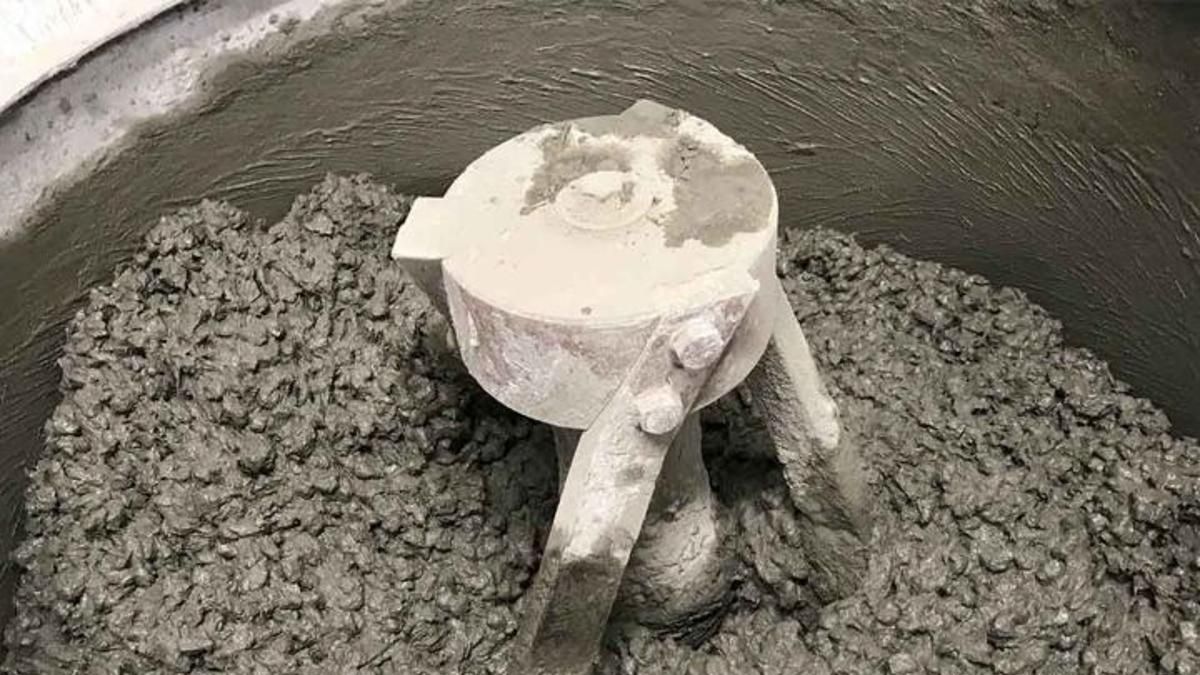
In the heart of innovation, where sustainability meets construction, a groundbreaking shift is taking place. As the world grapples with environmental challenges, the construction industry is unveiling solutions that not only promise to reduce the carbon footprint but also enhance the durability and strength of building materials. Among the frontrunners of this sustainable revolution is CarbiCrete, a technology that is setting new benchmarks in the production of precast concrete.
A Leap Towards Sustainability
The traditional concrete manufacturing process is known for its significant carbon emissions, primarily due to the use of cement. Addressing this critical issue, CarbiCrete introduces a revolutionary approach by replacing 100% of cement in the concrete mix with steel slag. This substitution is not just a mere adjustment; it’s a transformative step that reduces emissions associated with concrete production by over 100% compared to conventional cement-based products. But the benefits don’t stop there. The CarbiCrete process optimizes water use, diminishes the need for raw material mining, and significantly contributes to the Canadian circular economy, making precast concrete a hallmark of sustainability.
Enhancing Concrete with Recycled Materials
The journey towards sustainable construction materials doesn’t end with CarbiCrete. The industry is exploring the utilization of recycled clay brick powder (RCBP) as a sustainable alternative binder in cement-based materials. A recent study showcased how incorporating nano silica (NS) could significantly enhance the performance of RCBP blended paste. This innovation not only improves hydration reaction and pore structure refinement but also boosts mechanical and compressive strength. By optimizing the dosage of RCBP, NS, and mineral admixtures, manufacturers are now capable of producing sustainable cement-based materials with excellent strength and permeability resistance, addressing the environmental impacts of construction and demolition waste head-on.
The Future of Durable and Sustainable Concrete
The quest for durable and sustainable concrete has led to the examination of incorporating waste materials like fly ash (FA), waste glass powder (WGP), and even extracts from waste tires into concrete mixes. These innovative practices have shown that, while some additives may affect the hydraulic properties of porous concrete, they significantly improve mechanical properties. For instance, adding crumb rubber and steel fibers from waste tires not only increases the concrete’s compressive strength but also its air permeability, making it both durable and sustainable. The utilization of FA and WGP further fills gaps in the interior structure of porous concrete, reducing apparent porosity and water permeability while enhancing compressive, splitting tensile, and flexural strengths. This multifaceted approach to improving concrete through sustainable means is paving the way for a future where construction materials are not just strong and durable but also environmentally friendly.
In conclusion, the construction industry is on the brink of a sustainable revolution, with CarbiCrete leading the charge alongside other innovative practices. By harnessing the power of recycled materials and cutting-edge technologies, this sector is not only addressing the urgent need for environmental protection but also setting new standards for building materials. As we move forward, the impact of these advancements on the global construction landscape promises to be both profound and transformative, marking a significant leap towards a more sustainable and durable future.
